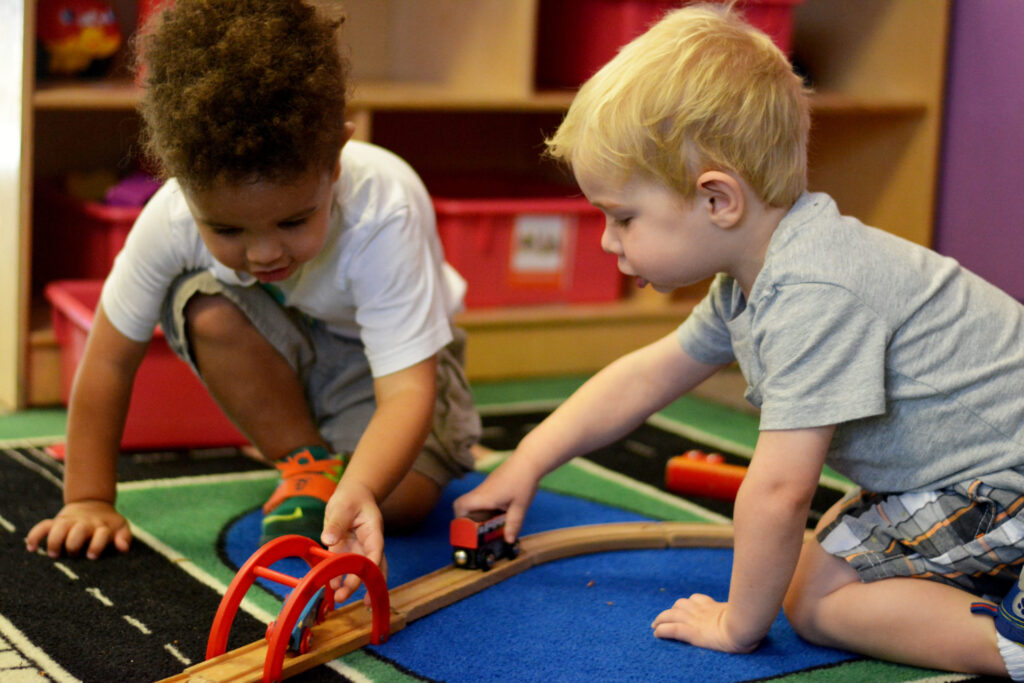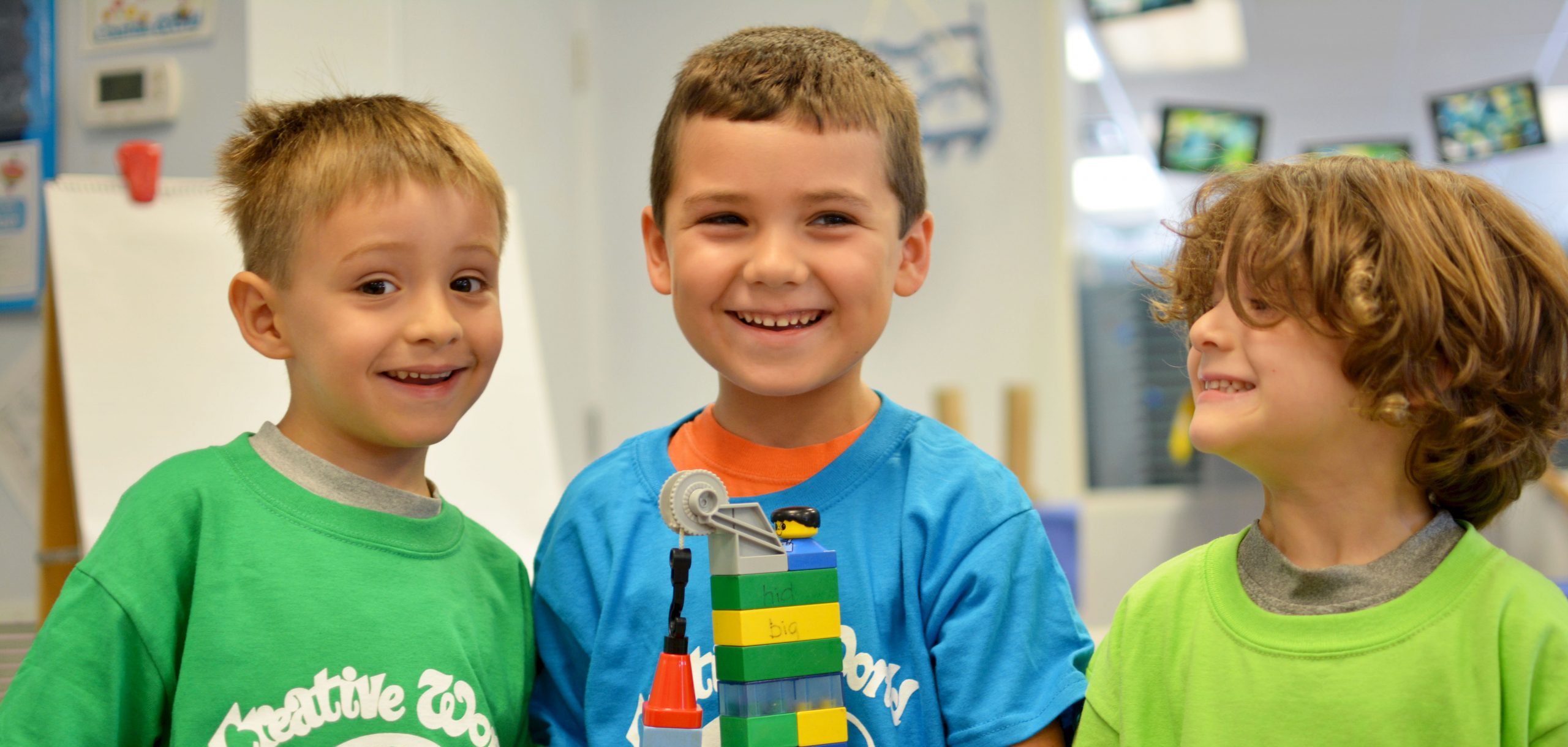
Fostering Creativity and Imagination in Young Children
Creative world school Aug 23, 2024Fostering Creativity and Imagination in Young Children
Creativity and imagination are the cornerstones of childhood development. They not only fuel a child’s ability to dream and innovate but also play a crucial role in their cognitive, emotional, and social growth. Nurturing these qualities from an early age can lead to a lifetime of benefits, including enhanced problem-solving skills, better emotional regulation, and a more profound sense of empathy.
The Importance of Nurturing Creativity in Early Childhood
- Cognitive Development: Engaging in creative activities helps children develop critical thinking and problem-solving skills. It encourages them to explore different solutions and think outside the box.
- Emotional Growth: Creativity provides an outlet for children to express their feelings and emotions. It can be particularly beneficial for those who might struggle to communicate verbally.
- Social Skills: Collaborative creative projects teach children how to work together, share ideas, and respect different perspectives. These experiences are invaluable for developing strong interpersonal skills.
- Self-Confidence: Completing a creative project gives children a sense of accomplishment and boosts their self-esteem. It reinforces the idea that their ideas and efforts are valuable.
Ideas for Open-Ended Art Projects
- Nature Collages: Take a walk with your child and collect various natural items like leaves, flowers, and twigs. Provide them with a large piece of paper and some glue, and let them create their own nature-inspired artwork.
- Abstract Painting: Give children a canvas, some paint, and a variety of tools (brushes, sponges, even their hands!). Encourage them to experiment with colors and textures without any specific end goal in mind.
- Recycled Art: Gather recyclable materials like cardboard, plastic bottles, and old magazines. Challenge your child to create something new from these items, whether it’s a sculpture, a robot, or a piece of jewelry.
Storytelling Activities
- Story Stones: Create or purchase stones with different images painted on them. Have your child pick a few stones and use the images to create a story. This activity can be done individually or as a group, with each person adding to the story.
- Story Cubes: Similar to story stones, story cubes are dice with pictures on each side. Roll the cubes and use the images to inspire a story. This can help children develop their narrative skills and spark their imagination.
- Interactive Storytelling: Start a story and pause at a critical moment, then ask your child to continue the tale. This not only fosters creativity but also helps improve their listening and comprehension skills.
Imaginative Play Ideas
- Dress-Up and Role Play: Provide a box of costumes and props. Encourage your child to dress up and act out different scenarios, whether it’s a day at the zoo, a pirate adventure, or a space mission.
- DIY Puppet Theater: Create simple puppets using socks or paper bags. Set up a small stage and let your child put on a puppet show. This activity can enhance their storytelling abilities and boost their confidence in performing.
- Building Forts: Use blankets, pillows, and furniture to build a fort. This can become a magical castle, a secret hideout, or a spaceship. The possibilities are endless and can lead to hours of imaginative play.
Conclusion
Fostering creativity and imagination in young children is not just about keeping them entertained; it’s about laying the foundation for a well-rounded, emotionally intelligent, and innovative individual. By providing opportunities for open-ended art projects, storytelling, and imaginative play, we can help children develop the skills they need to navigate the world with confidence and creativity. So, let’s encourage our little ones to dream big, explore their ideas, and most importantly, have fun in the process!






